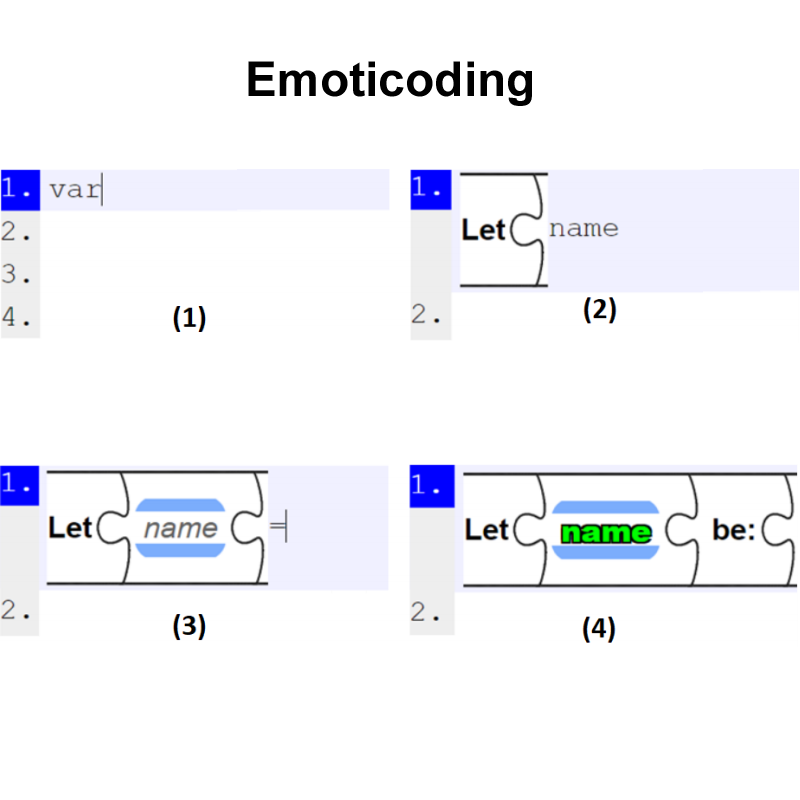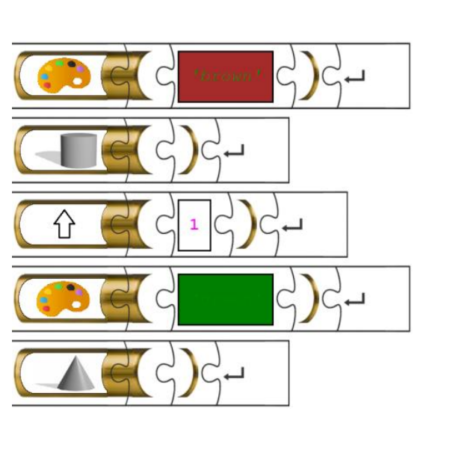Name Tags and Pipes: Assessing the Role of Metaphors in Students’ Early Exposure to Computer Programming Using Emoticoding
Advances in Intelligent Systems and Computing, vol. 785, 2019, pp. 194-202. https://doi.org/10.1007/978-3-319-93882-0_20
Description
This paper presents a case study for assessing the effect of emoticoding during the students’ first encounter with text-based coding interfaces, in which period a student could have a deeply disappointing experience that may lead to “blank page trauma” as well as negative attitude towards the subject. A prototype metaphor-based source code editor was developed using novel human-computer interaction mechanics based on the concept of emoticon-like scripting. Similarly to the use of shortcuts for typing emoticons in social media, visual or textual replacements appear in the proposed text editor when the user types complete valid tokens from a given programming language. Appropriate metaphors can be used in the design of the token replacements so that they are appealing to a particular age, gender, or cultural groups of users. Quantitative analysis of data from 5th-grade students (n = 40) shows that metaphor-based emoticoding improves significantly the students’ performance in terms of syntax recall when they transition from block- to text-based programming in comparison to transitioning without emoticoding.
Additional information
| Author | Barmpoutis, A., Huynhu, K. |
|---|---|
| Journal | Advances in Intelligent Systems and Computing |
| Volume | 785 |
| Year | 2019 |
| Pages | 194-202 |
| DOI | |
barmpoutis_AHFE2018.pdf |
Citation
Citation
BibTex
@article{digitalWorlds:132,
doi = {https://doi.org/10.1007/978-3-319-93882-0_20},
author = {Barmpoutis, A. and Huynhu, K.},
title = {Name Tags and Pipes: Assessing the Role of Metaphors in Students’ Early Exposure to Computer Programming Using Emoticoding},
journal = {Advances in Intelligent Systems and Computing},
volume = {785},
year = {2019},
pages = {194-202}
} 





